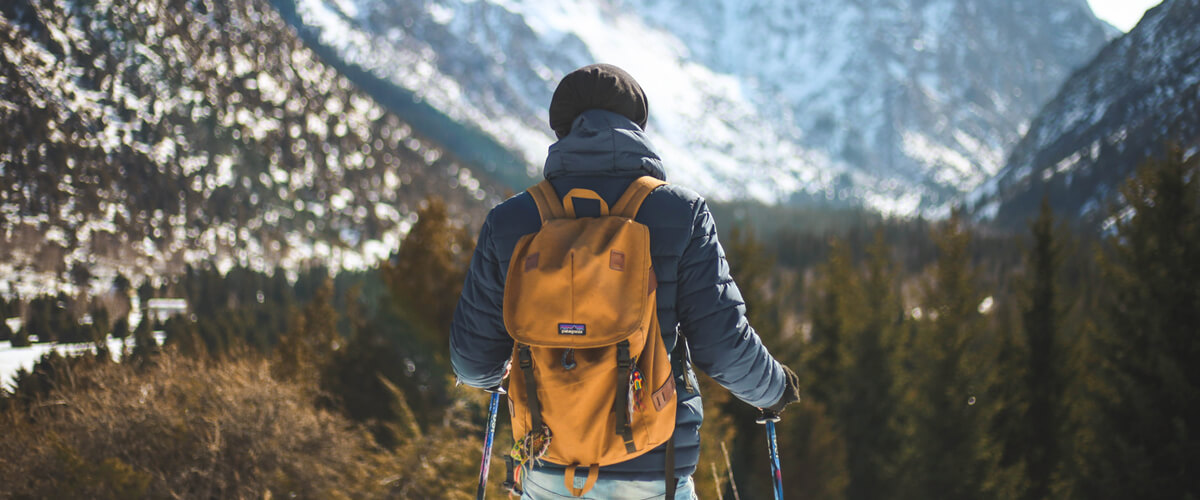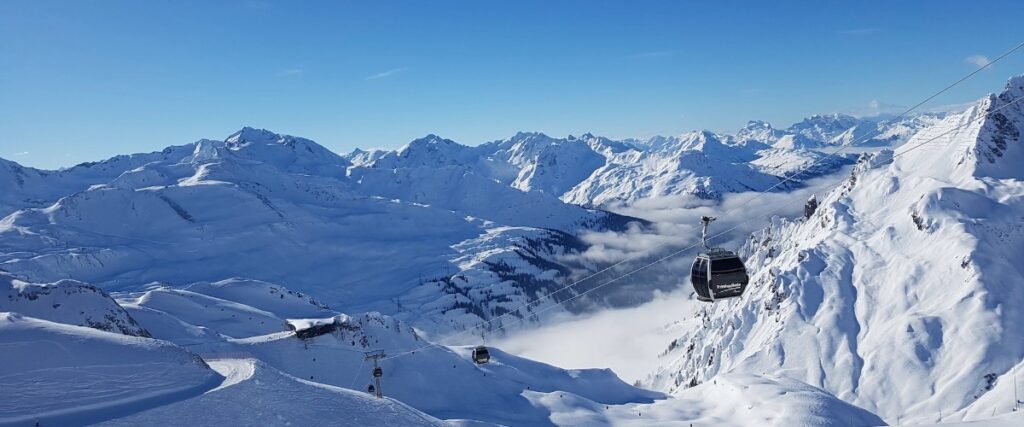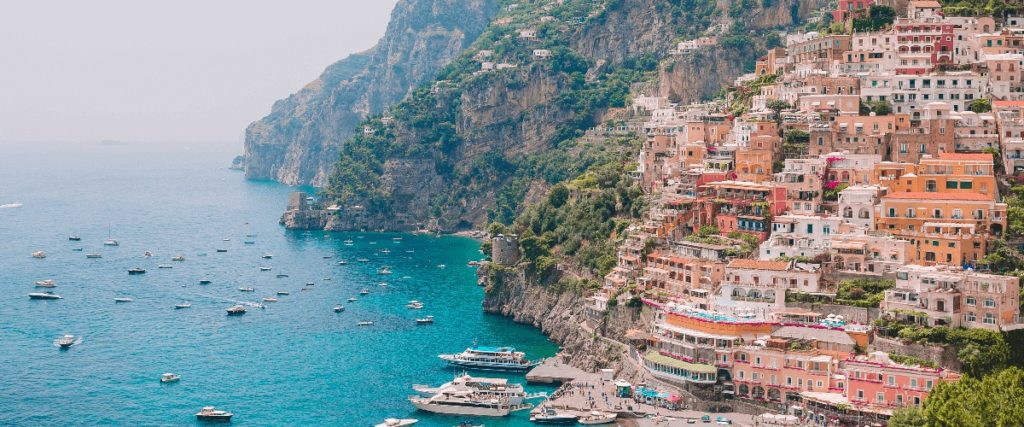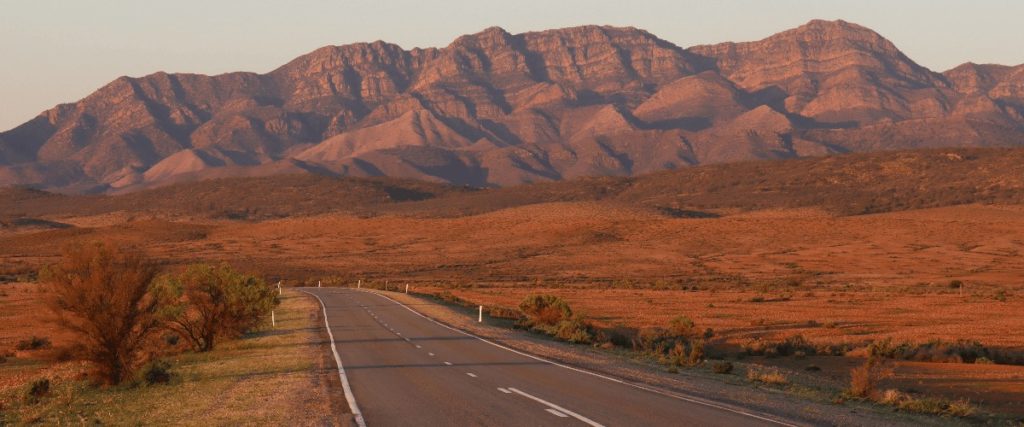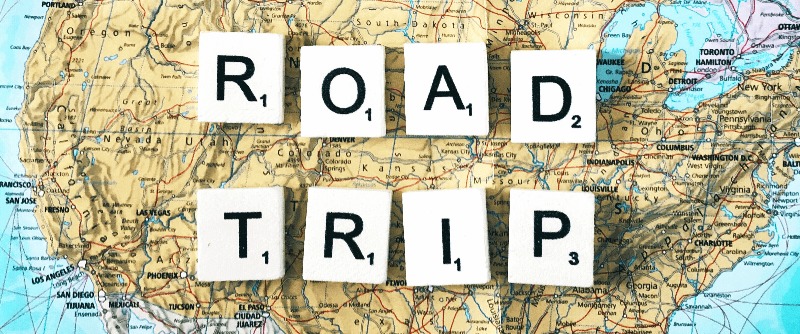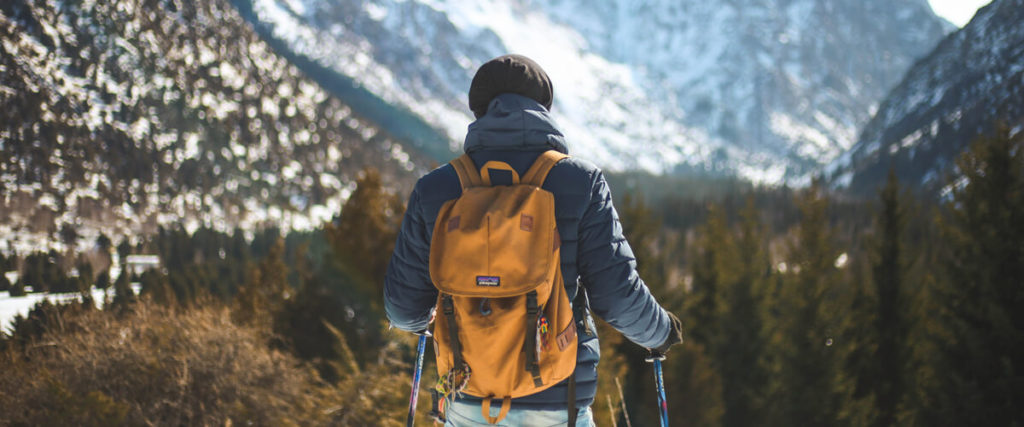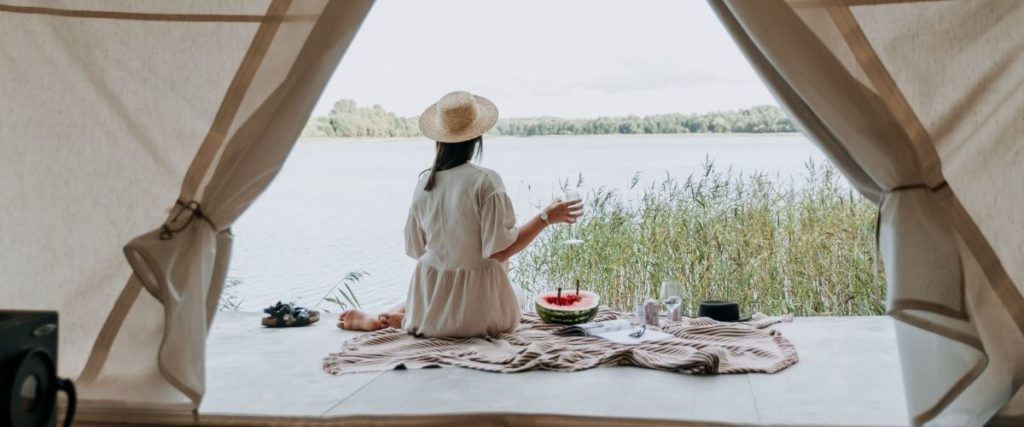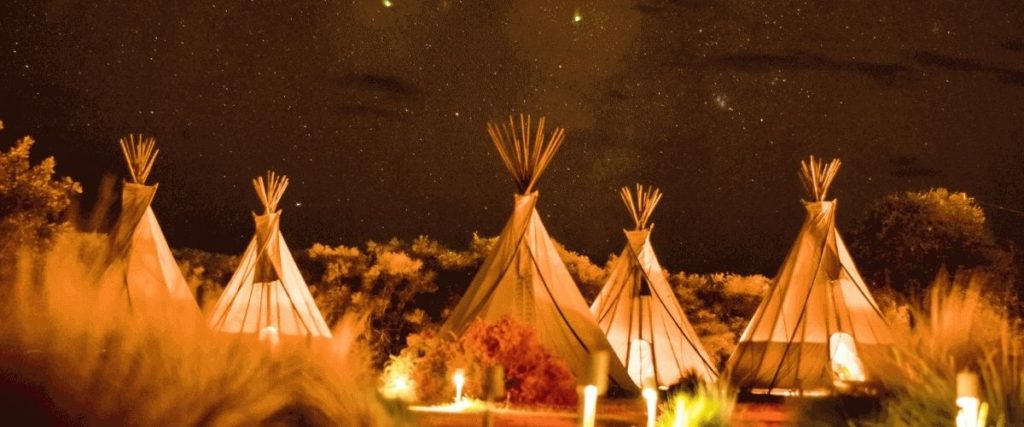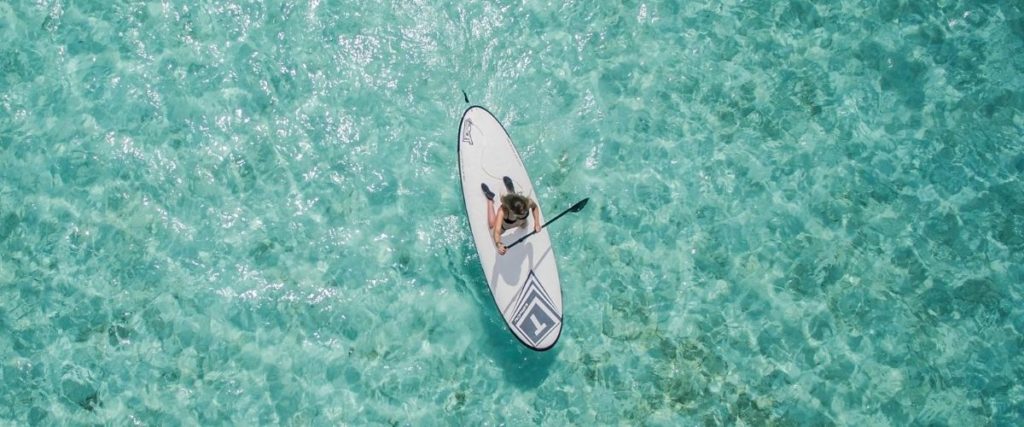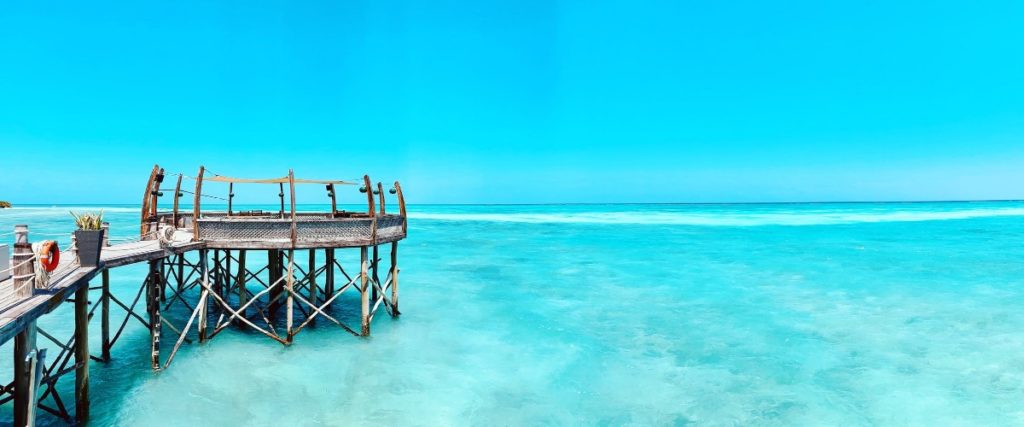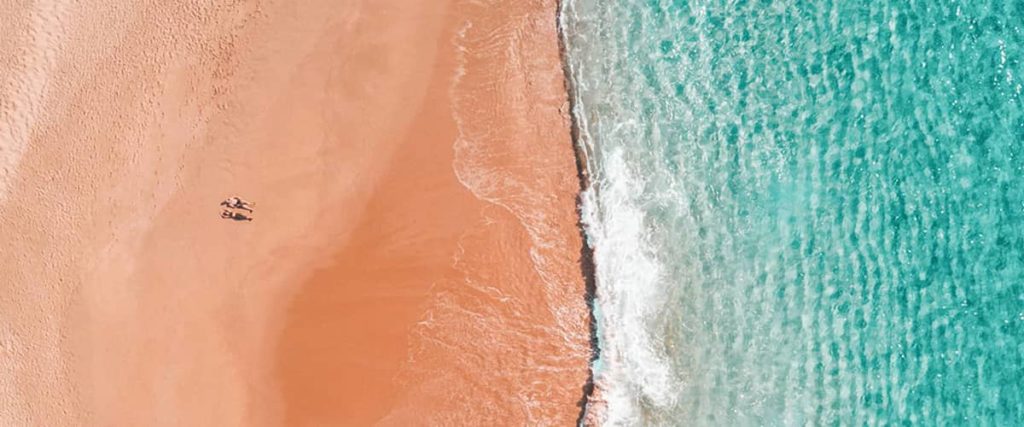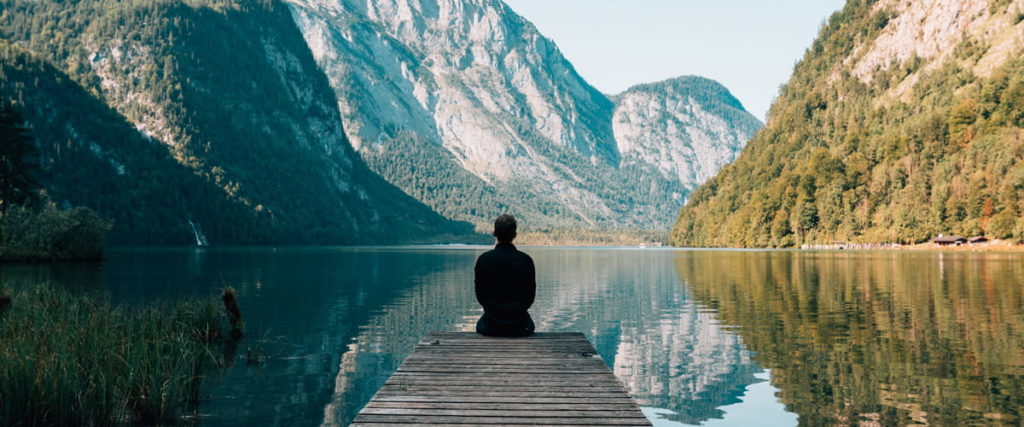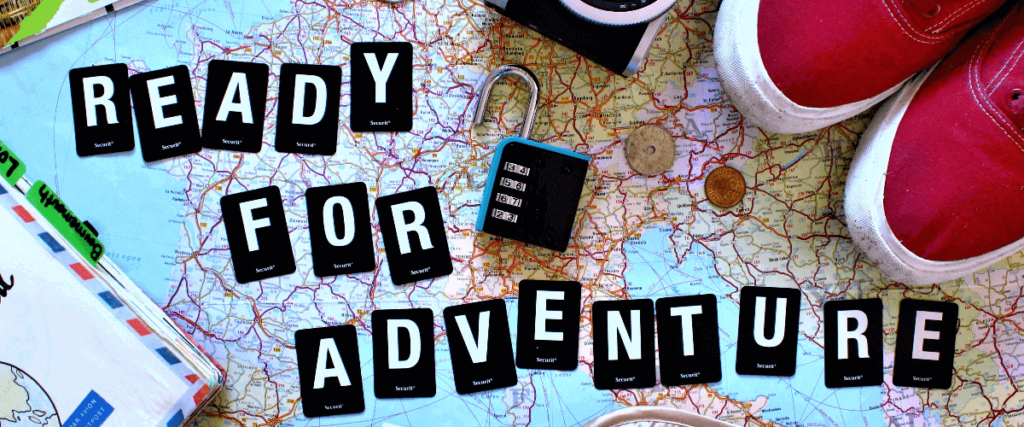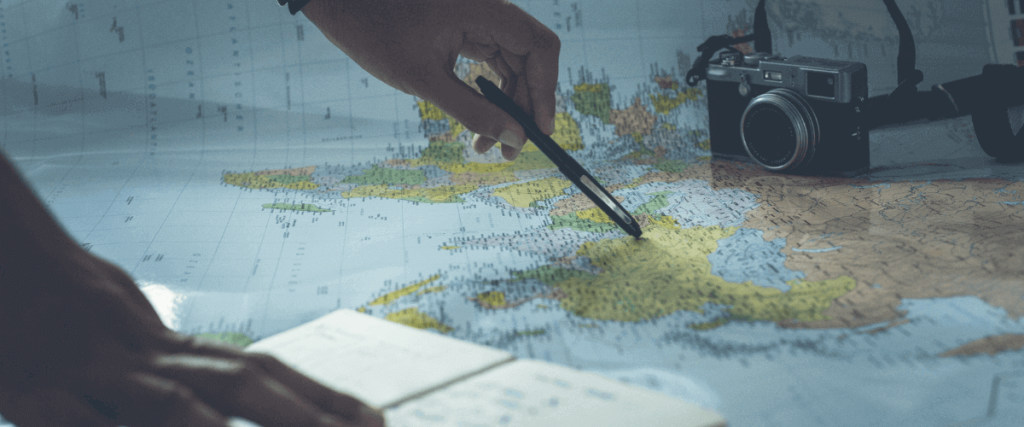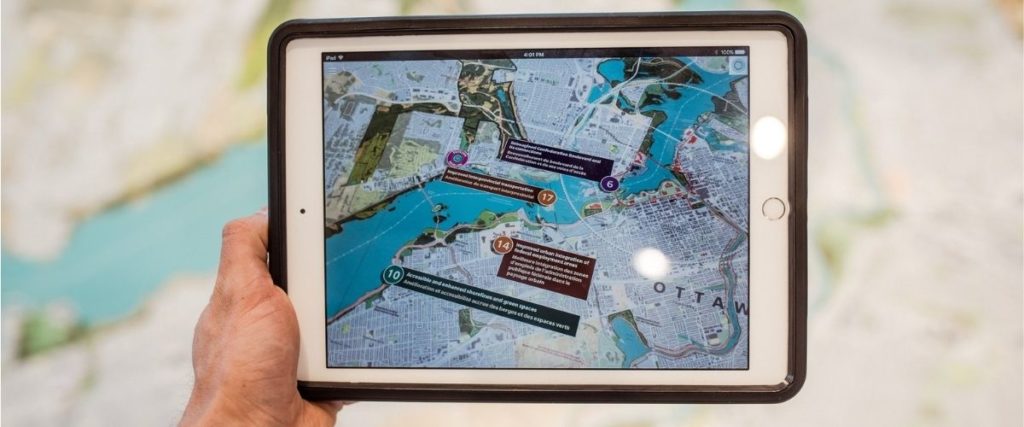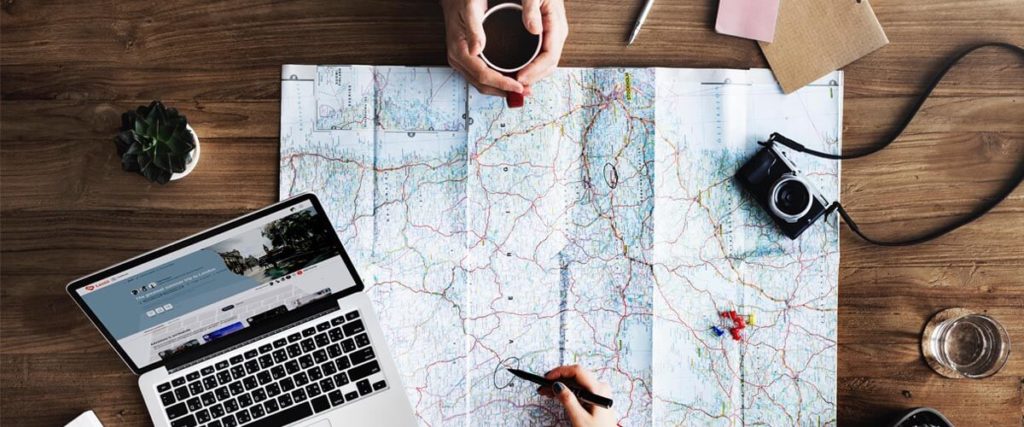Going on hikes are becoming more and more popular in recent years, and for a good reason. Disconnecting from the outside world and connecting with nature provides you with spiritual benefits aside from the physical ones that come from the exercise.
We at Lentii think exploring all aspects of this magnificent planet is essential, and with this list of the most epic multi-day hikes, we hope to inspire you to do exactly that. So whether you are an experienced hiker or are just getting into hikes, you will surely find something for you in this article.
1. Tour Du Mont Blanc
Location: Italy, France, and Switzerland
Distance: 170 kilometers (105 miles)
Duration: 7-11 days
Period: June – September
Offering 170 kilometers of stunning views across Italy, France, and Switzerland, Tour Du Mont Blanc is surely one of the best hikes you can experience on this planet. The trail goes around the Mont Blanc massif range, whose 4,807-meter high peak is Europe’s second-highest.
During the hike, you will witness the pristine Alpine scenery consisting of lakes, glaciers, and meadows. In addition, you will also encounter interesting wildlife with different goats, squirrels, deer, birds, and other small animals.

The hike is doable for anyone with reasonable fitness, even beginners. Along the way, you’ll pass 17 towns where you will be able to eat a nice meal and rest up before heading back to the road. Then, when it comes to sleeping, you can choose to book accommodation or to save money and camp out. Keep in mind that camping out is not recommended for inexperienced hikers, as it requires carrying additional weight on your back – and trust us, on multi-day hikes, every kilogram matters.
2. Inca Trail
Location: Peru
Distance: 40 kilometers (25 miles)
Duration: 4 days
Period: year-round, dry season May – October

Firstly, to protect this popular UNESCO World Heritage Site, the Peruvian government introduced regulations that limit the number of daily hikers to 500 and forbid hikes during the whole month of February for the trail to recover. In addition, hiking the Inca Trail without a licensed tour operator is not possible.
It might present an issue to independent, experienced hikers. But the good thing about booking a tour operator is that they will take care of your Inca Trail permit, supply you with all necessary equipment, and provide guides, porters, and impressive food.
All this is the reason why hiking the Inca Trail is not considered too challenging. However, It is important to note that camping is not optional, since there is no other form of accommodation on the trail. Nonetheless, it will all contribute to your incredible experience in the Peruvian valleys and maybe even result in making some lifelong friendships among your tour group.
3. Torres del Paine (W Trek)
Location: Chile
Distance: 80 kilometers (50 miles)
Duration: 3-5 days
Period: year-round, summertime December – March
A visit to Patagonia cannot be complete without a visit to Torres del Paine – a national park offering hikes with some of the most majestic views of the turquoise water, glaciers, and Chilean grasslands. In this park, there are several treks you can choose from, the W, the O, or the Q trek.
They all differ in length. The most famous one, the W trek, is 80 km (50 miles) long and takes 3-5 days to complete. It offers views of some of the best sights in the park – Grey Glacier, Frances Valley, and the three granite towers named Las Torres.

During the summer months, the W trek gets quite crowded. If you are an independent hiker, you will have to have all your campsites or refugios (mountain lodges) reserved for entry. It is recommended to do it way in advance, as it can quickly happen that they get fully booked. Water is accessible every hour, so you do not need to carry a lot with you.
This hike is challenging, but it is not considered to be a technical hike. So anyone fit and healthy will be able to complete this hike without more significant problems than sore feet and knees.
However, it will leave you feeling rejuvenated and one with nature due to the lack of phone signal, and few things in your life will be able to compare to the experience of hiking Torres del Paine.
4. The Grand Canyon (Rim-to-Rim trail)
Location: Arizona, US
Distance: 38 kilometers (23.5 miles)
Duration: 2-3 days
Period: May 15 – October 15

The Rim-to-Rim trail going through this 70 million years old landmark offers the most unique views, from lush forests bordering the North Rim to desert terrains carved by the Colorado river on the way to the South Rim. Be prepared to encounter many interesting wildlife species, such as desert bighorn sheep, mule deer, mountain lions, coyotes, and gray foxes.
The most important tip to give to those who plan to do this spectacular hike is to take your hydration levels very seriously. Because water is not easily accessible when hiking in the mountains, plus the temperatures are likely to be twice as high.
Hyponatremia can easily happen when you sweat a lot without replenishing your electrolytes, so make sure to bring a lot of salty snacks to keep your sodium levels in check.
5. Mount Rinjani
Location: Indonesia
Distance: 24 kilometers (15 miles)
Duration: 2-4 days
Period: April – December
Mount Rinjani is an active volcano located on the Lombok island in Indonesia. Its highest peak rises to 3726 meters and offers sights you probably won’t experience elsewhere, such as crater lakes, hot springs, and caves.
This hike is considered relatively challenging because the ground consists of sand-like, volcanic ash. As a result, every two steps you take will feel like just one, so be prepared both physically and mentally.

You can embark on a Mount Rinjani hike completely independently and have the freedom to do things at your own pace. However, you will need to be prepared to carry your own backpack with camping equipment and other necessities.
If you choose to hire a guide, the only thing you will have to worry about is getting yourself to the top. Because…they will carry your backpack, provide you with food, and pitch your tent. What a luxury! This option is, of course, more expensive.
Keep in mind the trek is closed during the rainy monsoon season, from the beginning of January to the end of March. When the climbing season starts, it is the loveliest time to do the hike because of the savanna’s intense green color.
6. Camino de Santiago
Location: France, Spain
Distance: 780 kilometers (485 miles)
Duration: about a month
Period: year-round
The lengthy walk Santiago de Compostela used to be done for religious reasons. However, only 28% of people today do it for that. The trek is, without a doubt, a unique experience, and it is a popular place for practicing self-reflection.
A large chunk of Camino walkers embarks on this journey to escape their daily routines and reconnect with nature. Others simply look at it as a test of their physical and mental endurance.
The Camino Frances or The French Way is the most common route to take, starting from Saint Jean Pied de Port and finishing in Santiago de Compostela. It is mostly flat, and it passes many picturesque historical towns, such as Pamplona, Puente de la Reina, and Logrono.

Upon arrival at the final destination, you can get a certificate of accomplishment called Compostela. The requirements to obtain the Compostela are that you walked at least 100 km or cycled at least 200 km and that you stated your motivation was at least partially religious.
The walk is not nearly as challenging as others on this list, but you should not come completely unprepared. Camino walkers sleep in hostels and fill their water bottles in fountains available on the route.
7. Everest Base Camp
Location: Nepal
Distance: 130 kilometers (80 miles)
Duration: about 12 days
Period: October – November, and April – May

Although it sounds extreme, this hike is not as challenging as some others on our list. The biggest challenge is avoiding the unpleasant symptoms of altitude sickness, such as headaches, nausea, and vomiting.
The general rule is that you should not climb more than 300 meters per day. Everest Base Camp sits at 5,380 meters, and it is vital to take time to acclimatize. Despite the challenges, this hike will surely make you feel like you are on top of the world and that feeling you will not forget for the rest of your life.
8. Banff Highline Traverse
Location: Canada
Distance: 103 kilometers (64 miles)
Duration: 7-9 days
Period: June – September
list. The turquoise lakes, white glaciers, alpine passes, forests, and meadows with diverse flora
and fauna – the Banff National Park has it all.

The Banff Highline trail is a network of trails linked together, which means you can easily make the hike shorter if you feel it’s necessary. Be prepared for a strenuous hike across Canada’s mountainous terrain. Be prepared for wildlife encounters all along the trail, especially for encounters with grizzly bears and black bears that are abundant in the area.
Make a lot of noise to scare them away and keep food out of sight. Going on a hike alone is strongly discouraged; stay in groups of at least four people for optimal hiker safety. You will need to book your campsites in advance or choose to stay in comfortable rooms instead.
The Banff Highline Trail is perfect for real wilderness adventurers and will leave you feeling rejuvenated and one with nature.
9. Laugavegur Trail
Location: Iceland
Distance: 55 kilometers (34 miles)
Duration: 3-4 days
Period: July-September
There is no other place on Earth that compares to the mysterious volcanic island of Iceland.
Hiking the Laugavegur Trail offers the best views of Iceland’s landscape, including mountains,
glaciers, lava fields, hot springs, rivers, and other natural wonders. Hikers can decide whether they want to start from the north (Landmannalaugar) or the south (Thorsmork/Skogar).
It’s a matter of personal preference. If you start higher up in the mountains in the north, your descent will bring you some incredible views. However, if you decide to finish in the north, you will have access to hot springs – and what’s better after an exhausting hike than that? You will have the option to stay in huts or camp out. In case of staying in huts, make sure you book way in advance.

Fimmvorduhals Trail
The hike itself is not as demanding; whoever is physically fit will be able to do it, especially if you take your time and spend the recommended 3-4 days on the trail. The challenge of the Laugavegur Trail is the weather.
Hence, It could easily make or break the whole experience, so keep your eyes peeled on the forecast and plan for flexibility in your schedule. Windproof and waterproof clothing is a must.
Many hikers who arrive at Thorsmork decide to prolong their hike by embarking on the more challenging, but less crowded Fimmvorduhals Trail. Doing this, will take another 8-10 hours to finally arrive at Skogar after passing between waterfalls, glaciers, and giant active volcanoes.
10. Great Ocean Walk
Location: Australia
Distance: 88 kilometers (55 miles)
Duration: 6-8 days
Period: July-September
The Great Ocean Walk in Australia is considered to be one of the most gorgeous coastal hikes. Going through eucalyptus forests, sand dunes, beaches, and cliffs be prepared to have your breath taken away by the scenery and the wildlife you will encounter – koalas, kangaroos, wallabies, and more.
Also, keep your eyes peeled for dolphins and whales that can be seen along the coast from June to September. One of the rewards of the hike is definitely seeing the magnificent limestone stacks known as the Twelve Apostles rising from the ocean.

The accommodation options are pretty good, with many hotels and lodges available. If you want to camp out, make sure to book the campsites beforehand as with pretty much all other hikes on our list.
The hike itself starts off as quite easy but becomes more challenging along the way. Be careful when walking on cliffs, and remember gaiters to protect yourself from snakes.
There you have it!
Those were our top 10 picks for multi-day hikes. Either one of them will leave you feeling richer in experiences and more connected to our wonderful planet.
Please, make sure to follow the “Leave No Trace Principles” described quite well on these two websites here and here, on your hikes to enable our future generations to have the same experience.
Also, check out our guide on how to travel responsibly.

